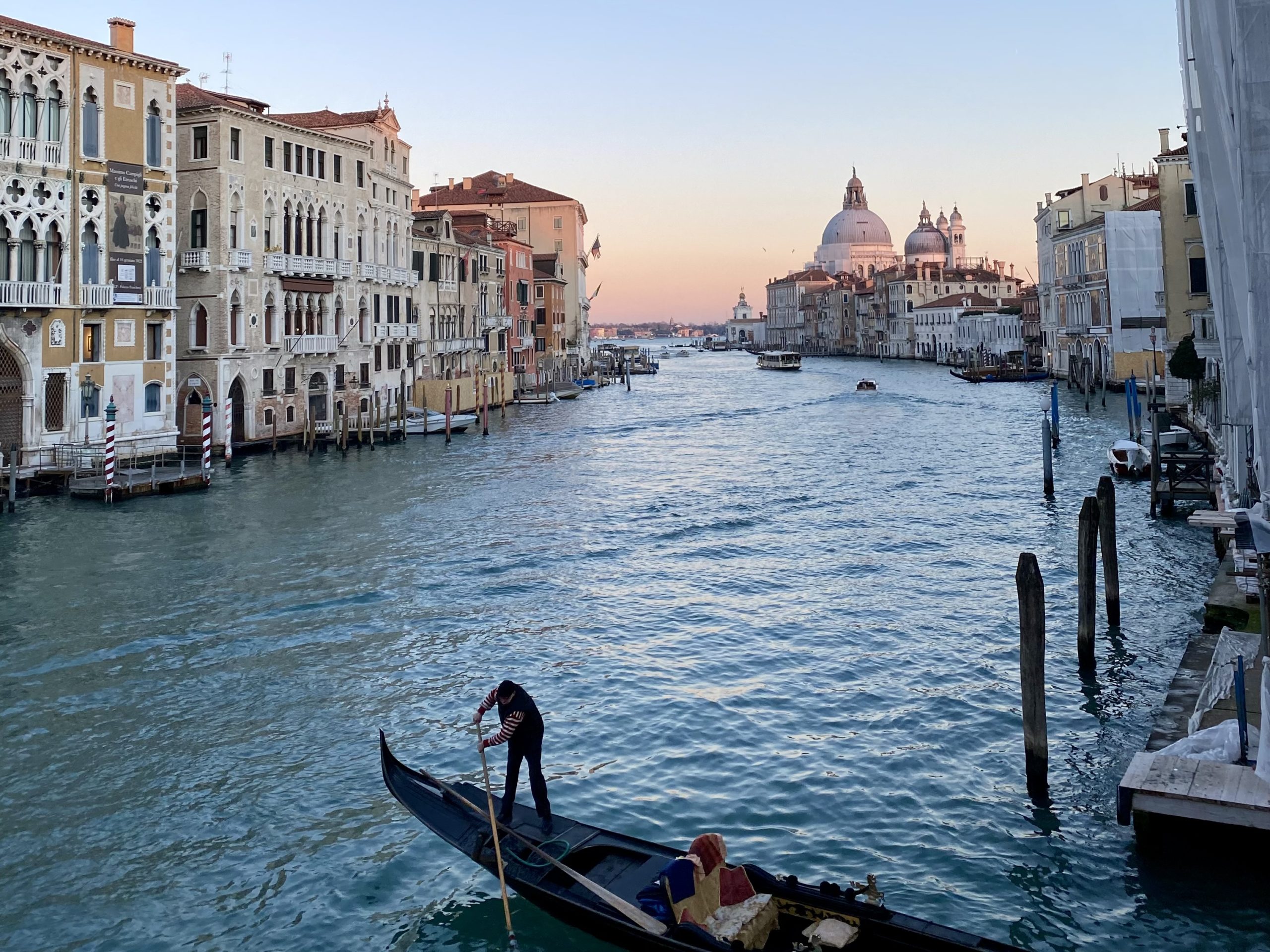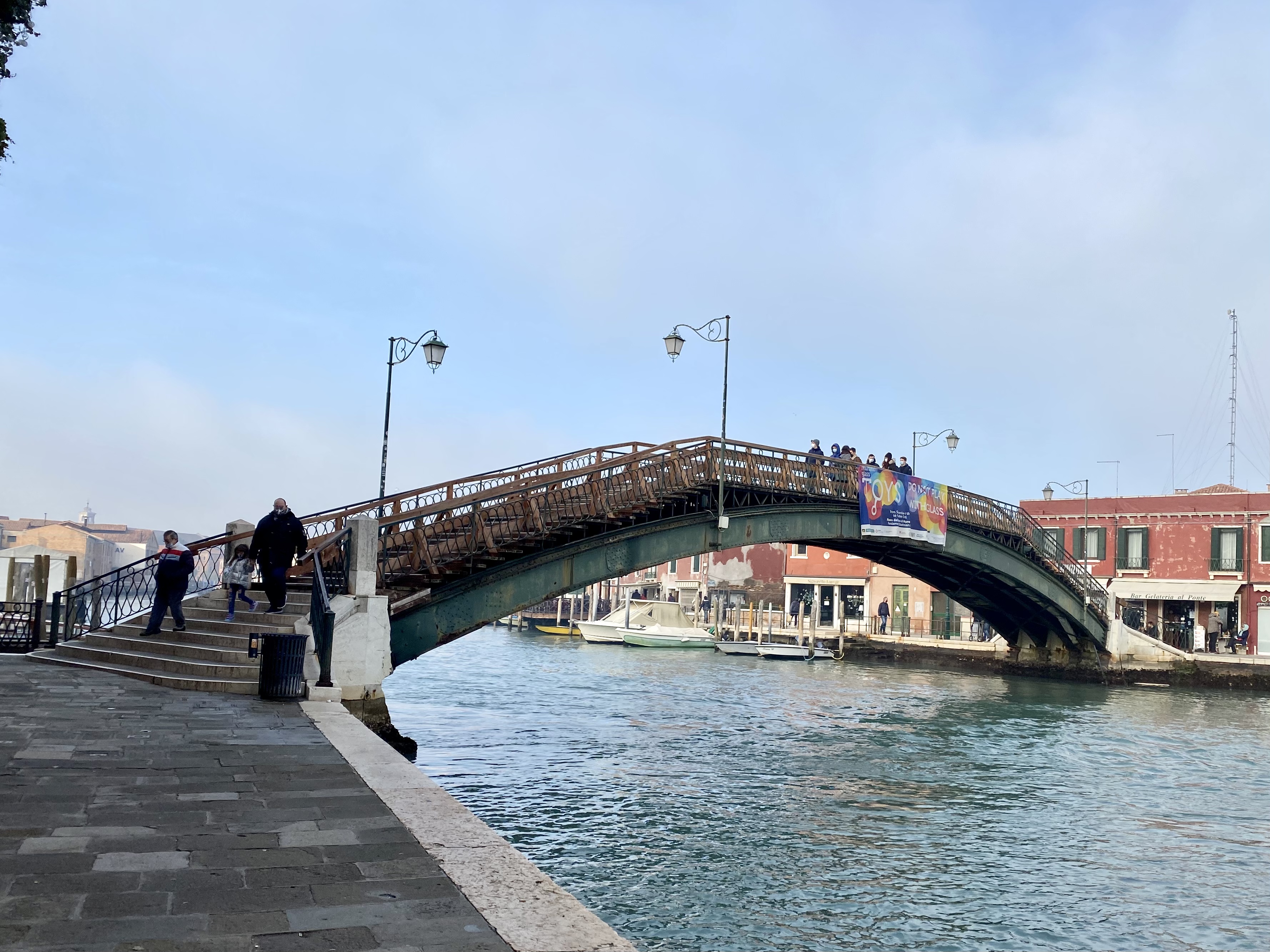
Venice: The Car-less City
Transportation infrastructure is an integral part to the success and livelihood of cities across the globe. But what if I told you that one of the world’s most visited cities does not have any wheeled-vehicles? Here, in Venice, Italy, cars, buses, and even bikes cannot be used to navigate the city. On the island, there are over 400 staired bridges running over canals to connect each of the districts. As a result, wheeled transportation is impossible, making walking and boating the primary means of navigation in Venice.
The locals have boats that serve as cars; you can spot many of them parked along almost every canal. Every other vehicle that you could imagine takes the form of a boat: emergency vehicles, police cars, and even garbage trucks. The vaporetti (waterbus) is the Venetian equivalent to a public bus, one of the very few alternatives to walking.
Getting lost in Venice through its maze-like, narrow calli (streets) was such a unique experience that cannot be found anywhere else. In single day in the lagoon, I walked over 25,000 steps! There is no doubt that living in Venice promotes a healthier lifestyle.
Walking through the entire city, I crossed what felt like a hundred bridges, but only came across a singular ramp. This calls into question the accessibility of Venice by wheelchair users, the elderly, and parents with children and strollers. Is there just as much opportunity for these occupants to explore the city?

